Content Menu
● The Need for Sustainable Swimwear
● What is Recycled Swimwear Fabric?
● The Production Process of Recycled Swimwear Fabric
● Sustainability Benefits of Recycled Swimwear Fabric
● Performance and Durability of Recycled Swimwear Fabric
● Brands Leading the Recycled Swimwear Revolution
● Challenges and Future Developments
● The Role of Consumers in Promoting Sustainable Swimwear
● The Broader Impact on the Fashion Industry
● Conclusion
● Frequently Asked Questions (FAQs)
>> Is sustainable swimwear more expensive?
>> Does sustainable swimwear feel different?
In recent years, the fashion industry has witnessed a significant shift towards sustainability, with consumers becoming increasingly conscious of the environmental impact of their clothing choices. One area that has seen remarkable innovation is swimwear, particularly in the development and use of recycled fabrics. This article delves into the world of recycled swimwear fabric, exploring its materials, production processes, sustainability benefits, and the brands leading this eco-friendly revolution.
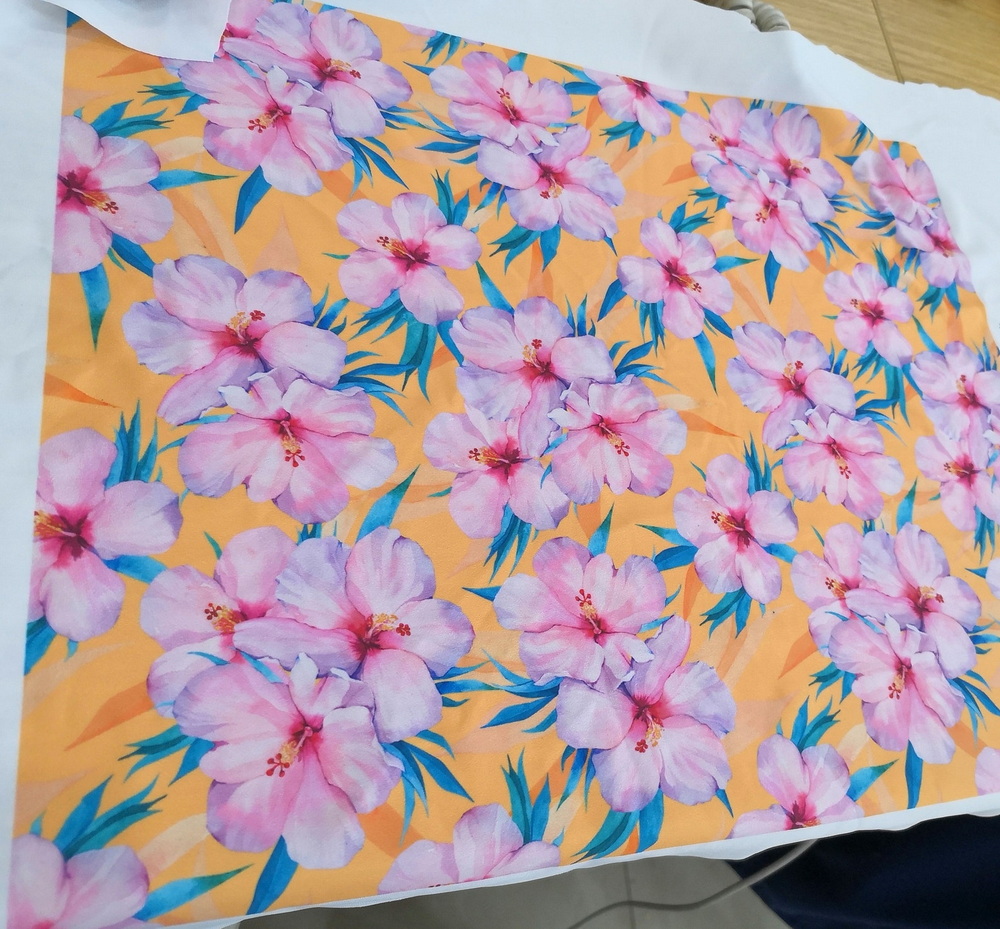
The Need for Sustainable Swimwear
Traditional swimwear has long been associated with synthetic materials like nylon and polyester, which are derived from non-renewable petroleum resources. The production of these materials contributes to pollution and greenhouse gas emissions, while their disposal poses significant environmental challenges. With the growing awareness of these issues, both consumers and manufacturers have begun to seek more sustainable alternatives.
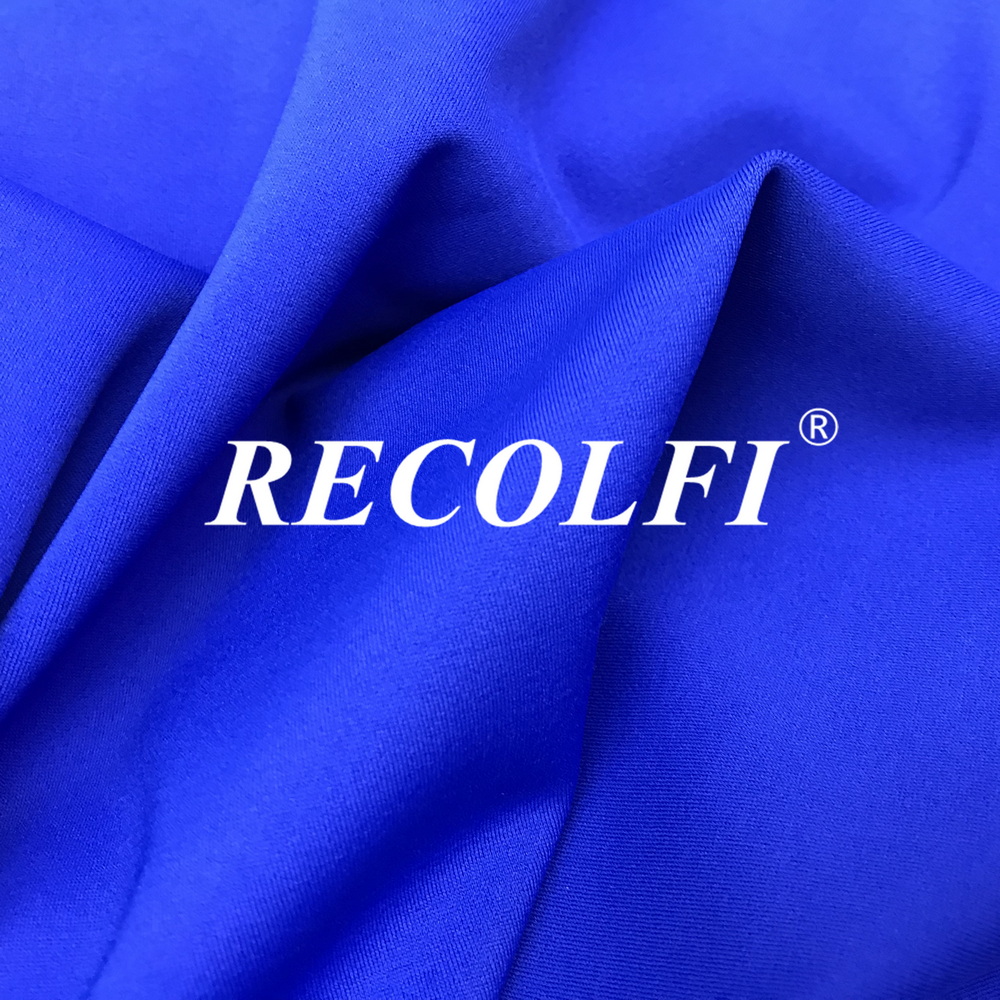
What is Recycled Swimwear Fabric?
Recycled swimwear fabric is made from post-consumer waste materials, primarily plastic bottles and discarded fishing nets. These materials are collected, processed, and transformed into high-quality fibers that can be used to create durable and stylish swimwear. The most common types of recycled fabrics used in swimwear include:
a) ECONYL®: This innovative fabric is made from 100% regenerated nylon waste, including fishing nets, fabric scraps, and industrial plastic. ECONYL® can be recycled infinitely without losing its quality, making it a truly sustainable option.
b) Recycled Polyester (rPET): This material is created by melting down existing plastic and re-spinning it into new polyester fiber. It's often made from plastic bottles and other post-consumer plastic waste.
c) Recycled Nylon: Similar to ECONYL®, this fabric is made from various nylon waste sources and can be used to create high-performance swimwear.

The Production Process of Recycled Swimwear Fabric
The journey from waste to wearable swimwear involves several steps:
a) Collection: Plastic waste is collected from oceans, landfills, and industrial sources.
b) Sorting and Cleaning: The collected materials are sorted by type and thoroughly cleaned to remove impurities.
c) Shredding and Melting: The cleaned plastic is shredded into small pieces and then melted down.
d) Polymerization: The melted plastic is transformed into polymer chips.
e) Spinning: These chips are then spun into yarn or thread.
f) Fabric Creation: The recycled yarn is woven or knitted into fabric.
g) Swimwear Production: The fabric is cut, sewn, and finished into swimwear pieces.
This process not only diverts waste from landfills and oceans but also reduces the need for virgin materials in swimwear production.
Sustainability Benefits of Recycled Swimwear Fabric
The use of recycled materials in swimwear production offers numerous environmental benefits:
a) Waste Reduction: By using post-consumer waste, recycled swimwear fabric helps to reduce the amount of plastic ending up in landfills and oceans. For example, some brands use fabric made from recycled plastic bottles, with each swimsuit potentially diverting dozens of bottles from waste streams.
b) Energy Conservation: Producing recycled fabrics typically requires less energy compared to creating virgin materials. This leads to a reduction in greenhouse gas emissions associated with swimwear production.
c) Water Conservation: The production of recycled fabrics often uses less water than conventional fabric production, helping to preserve this precious resource.
d) Reduced Chemical Use: Many recycled fabric production processes use fewer harmful chemicals compared to traditional methods, leading to less pollution and safer working conditions.
e) Circular Economy Support: By creating a demand for recycled materials, the swimwear industry is supporting the development of a circular economy, where waste is seen as a valuable resource rather than a problem to be disposed of.
Performance and Durability of Recycled Swimwear Fabric
One common concern about recycled materials is whether they can match the performance of traditional fabrics. However, many recycled swimwear fabrics have proven to be just as durable and functional as their conventional counterparts. In fact, some recycled materials, like ECONYL®, are virtually indistinguishable from virgin nylon in terms of quality and performance.
Recycled swimwear fabrics often offer:
◆ UV protection
◆ Chlorine resistance
◆ Shape retention
◆ Quick-drying properties
◆ Breathability and comfort
These characteristics ensure that sustainable swimwear not only benefits the environment but also meets the high standards expected by consumers.

Brands Leading the Recycled Swimwear Revolution
Numerous brands have embraced recycled swimwear fabrics, offering stylish and eco-friendly options for conscious consumers. Some notable examples include:
a) Vitamin A: This California-based brand uses EcoLux™, a superfine matte jersey made from recycled nylon, and EcoRib®, a stretch-ribbed fabric also made from recycled materials.
b) Mara Hoffman: Known for luxury sustainable swimwear, Mara Hoffman uses ECONYL® and other recycled fabrics to create high-end, eco-friendly bathing suits.
c) ColieCo: This ethical brand produces sustainable swimwear in Portugal, carefully selecting natural and recycled materials for their products.
d) Amaio Swim: Another brand championing the use of eco-friendly fabrics like recycled nylon and ECONYL® to create stylish and durable swimwear options.
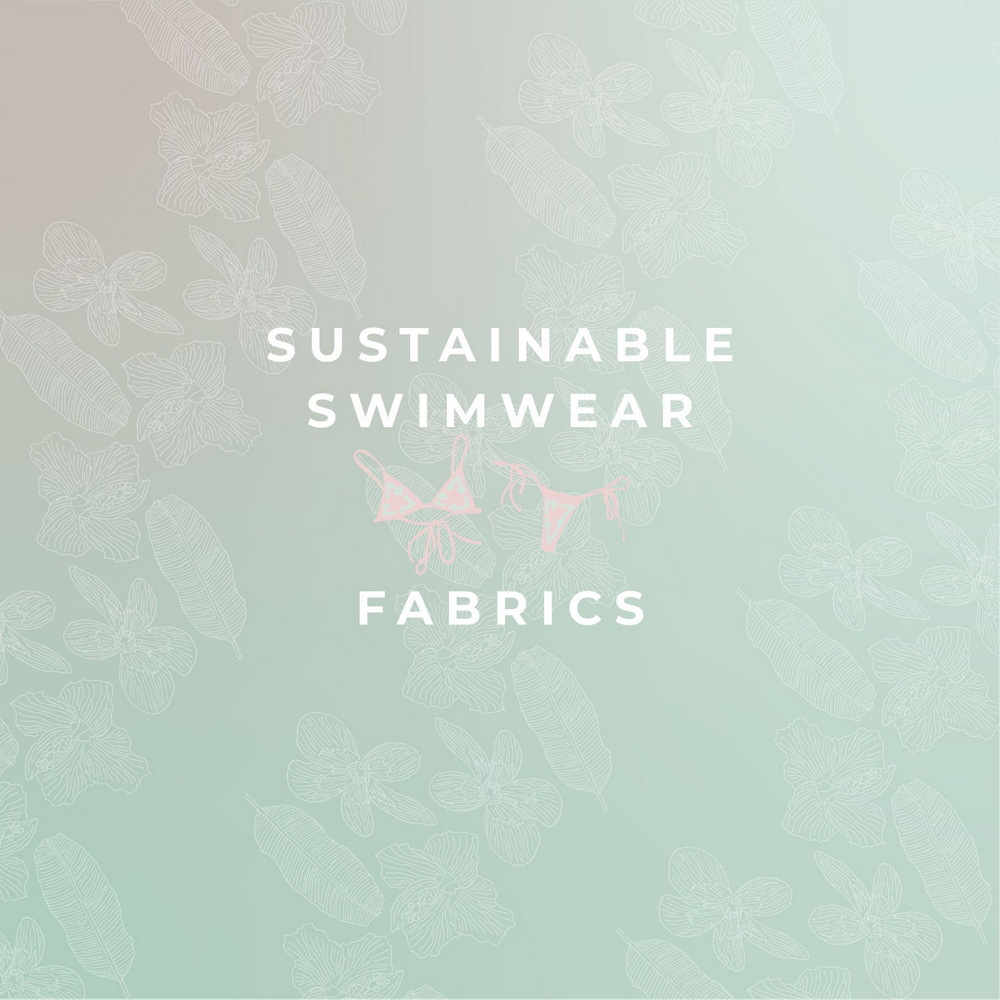
Challenges and Future Developments
While the recycled swimwear fabric industry has made significant strides, it still faces some challenges:
a) Cost: Recycled materials can be more expensive to produce than virgin materials, which can lead to higher prices for consumers. However, as technology improves and demand increases, costs are expected to decrease.
b) Limited Supply: The availability of high-quality recycled materials can sometimes be limited, which can pose challenges for brands looking to scale up their sustainable swimwear lines.
c) Consumer Education: Many consumers are still unaware of the benefits of recycled swimwear fabrics or may have misconceptions about their quality and performance.
Despite these challenges, the future of recycled swimwear fabric looks promising. Ongoing research and development are likely to lead to even more innovative materials and production processes. For example, some companies are exploring the use of biodegradable synthetic fabrics that could offer the performance of traditional synthetics without the long-term environmental impact.
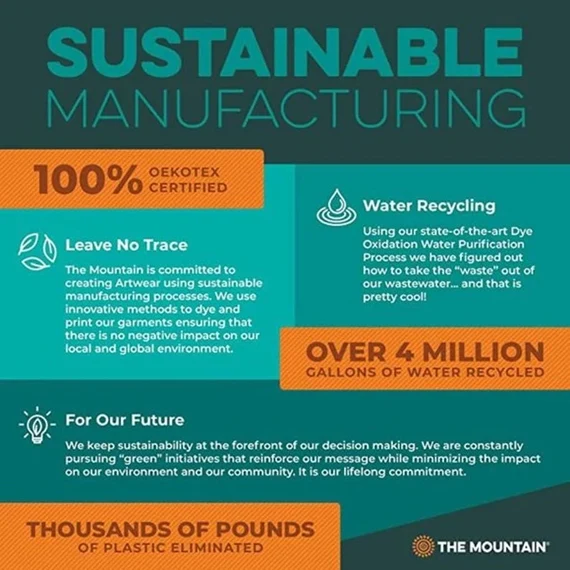
The Role of Consumers in Promoting Sustainable Swimwear
Consumers play a crucial role in driving the adoption of recycled swimwear fabrics. By choosing sustainable options, they send a clear message to the industry about their preferences and values. Here are some ways consumers can support the recycled swimwear movement:
a) Research and Choose Sustainable Brands: Look for brands that use recycled materials and have transparent production processes.
b) Care for Swimwear Properly: Extend the life of swimwear by rinsing after use, avoiding harsh detergents, and air-drying to reduce the need for frequent replacements.
c) Dispose of Old Swimwear Responsibly: Look for textile recycling programs or upcycling opportunities for worn-out swimwear.
d) Spread Awareness: Share information about the benefits of recycled swimwear fabrics with friends and family to increase overall awareness.
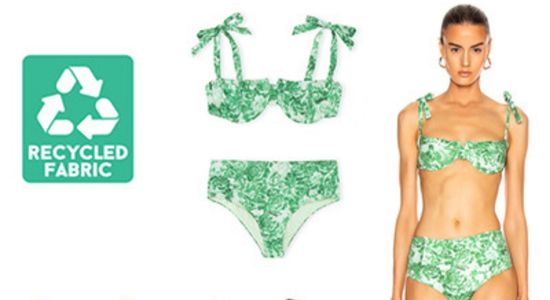
The Broader Impact on the Fashion Industry
The success of recycled swimwear fabrics is having a ripple effect throughout the fashion industry. Other sectors, such as activewear and everyday clothing, are also beginning to adopt recycled materials. This shift is encouraging further innovation in sustainable textile production and pushing the entire industry towards more environmentally friendly practices.

Conclusion
The rise of recycled swimwear fabric represents a significant step towards a more sustainable fashion industry. By transforming waste materials into high-quality, stylish swimwear, manufacturers are not only reducing environmental impact but also proving that sustainability and performance can go hand in hand. As technology advances and consumer awareness grows, we can expect to see even more innovative and eco-friendly options in the swimwear market.
The journey towards fully sustainable fashion is ongoing, but the success of recycled swimwear fabrics shows that positive change is possible when consumers, brands, and manufacturers work together towards a common goal. By choosing recycled swimwear, we can all play a part in reducing waste, conserving resources, and promoting a more circular and sustainable fashion economy.
As we look to the future, it's clear that recycled swimwear fabric is more than just a trend – it's a necessary evolution in how we approach fashion and its impact on our planet. Whether you're lounging by the pool, surfing the waves, or simply making a conscious choice for the environment, recycled swimwear offers a way to look good while doing good for the planet.
Frequently Asked Questions (FAQs)
Is sustainable swimwear more expensive?
Sustainable swimwear can sometimes cost more than regular swimwear. This is because making eco-friendly materials often takes extra time and care. Brands that focus on sustainability use special methods to create their products that are better for the planet. These methods can be more expensive, which is why the prices might be higher. However, think of it as an investment! When you buy sustainable swimwear, you are helping the environment and supporting companies that care about our planet.
Does sustainable swimwear feel different?
You might wonder if sustainable swimwear feels different from regular swimwear. The good news is that many eco-friendly materials are just as soft and comfortable as the ones used in traditional swimwear. In fact, some brands use recycled materials that feel amazing on your skin! Whether you’re swimming, playing at the beach, or just lounging by the pool, sustainable swimwear is designed to be comfy and stylish, just like regular swimwear.







































































